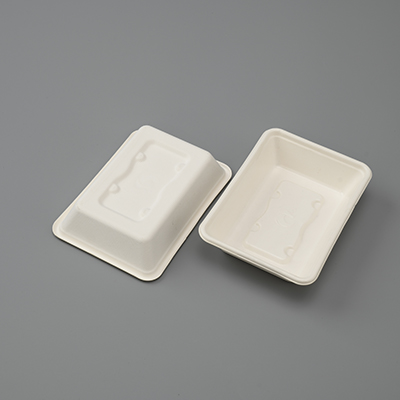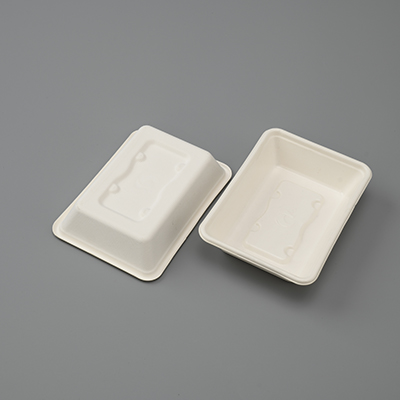
Después de su uso, el cartón a prueba de aceite se puede procesar de manera responsable para el medio ambiente. Aunque el cartón antiaceite no suele ser completamente reciclable debido a su recubrimiento antigrasa, todavía puede tomar medidas para minimizar su impacto ambiental.

1. Vea la Guía local: Antes de manipular la bandeja antiaceite, consulte con las instalaciones locales de reciclaje para ver si tienen alguna guía o recomendación específica de tratamiento. Aunque estas placas pueden no ser completamente reciclables, algunas instalaciones pueden ser capaces de procesar ciertos componentes.
2. Componentes independientes: Si el cartón resistente al aceite tiene algún componente compostable o reciclable, como un recubrimiento compostable o un componente de papel, considere separar estas partes antes de eliminarlas. Esto ayuda a transferir materiales reciclables o compostables de los vertederos.
3. Compost: Si estos platos están marcados como compostables y puedes usar instalaciones de compostaje, puedes compostarlos. Estos platos deben descomponerse en un ambiente de compostaje, formando así un suelo nutritivo.
4. Reducir el desperdicio: Para minimizar el desperdicio, trate de usar solo bandejas de papel a prueba de aceite si es necesario. Elija platos y cubiertos reutilizables en la medida de lo posible, especialmente para fiestas en interiores más limpias y manejables.
5. Eliminación correcta: Si el reciclaje y el compostaje no son opciones viables, deseche los platos usados en el flujo convencional de residuos. Antes de poner el plato en la basura, asegúrese de que no quede comida o líquido en el plato.
Aunque el cartón resistente al aceite puede no reciclarse por completo, la adopción de estas medidas puede ayudar a minimizar el impacto ambiental y contribuir a prácticas de gestión de residuos más responsables. A medida que seguimos buscando formas de reducir la huella ecológica, prestar atención a cómo lidiar con artículos como las bandejas de papel a prueba de aceite puede tener un impacto significativo.